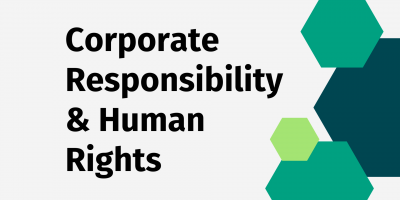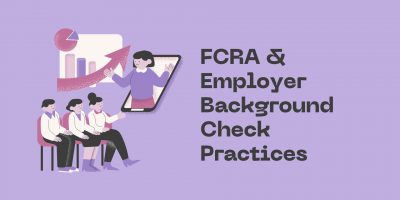
70+ Coworking Statistics & Trends Every Employee Should Know in 2024
Delve into the latest coworking statistics highlighting its benefits in creating a positive work environment and increasing employee productivity.

In a digitalized world, the workplace should be the first to implement new systems and strategies to better manage time, attendance, and absenteeism. Companies using an outdated timekeeping system have huge losses, not only from a financial aspect, but also experience a drop in productivity and job satisfaction. Using outdated timekeeping methods also makes a company more susceptible to falsified time records like, time-theft, and buddy-punching.


Unscheduled absences and changes in the workplace will always happen. It is up to the company to be prepared and have good systems in place to manage and handle unpredictable changes smoothly and without major losses.
Browse our curated list of vendors to find the best solution for your needs.
Subscribe to our newsletter for the latest trends, expert tips, and workplace insights!

Delve into the latest coworking statistics highlighting its benefits in creating a positive work environment and increasing employee productivity.

Uncover how a strong employer branding strategy will help you lower the cost of hiring, attract better quality hires, and differentiate you from competitors.

When we talk about human rights violations, we often picture distant places with dictatorial regimes. But the truth is, human rights concerns aren’t confined to remote corners of the globe.

Employee background assessments are subject to legal responsibilities under the Fair Credit Reporting Act. What does an FCRA background check mean for employers, and what do they need to know before doing one?
Used by most of the top employee benefits consultants in the US, Shortlister is where you can find, research and select HR and benefits vendors for your clients.
Shortlister helps you reach your ideal prospects. Claim your free account to control your message and receive employer, consultant and health plan leads.